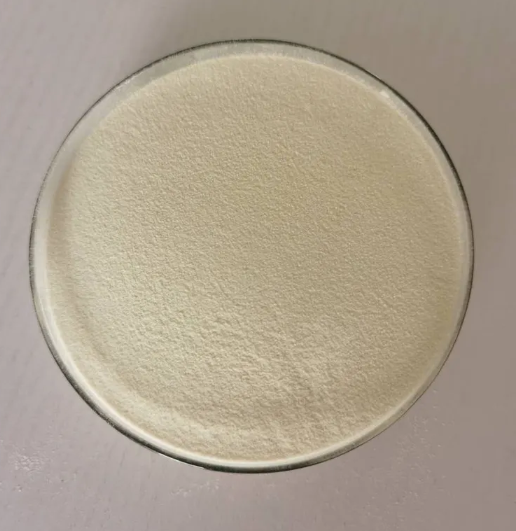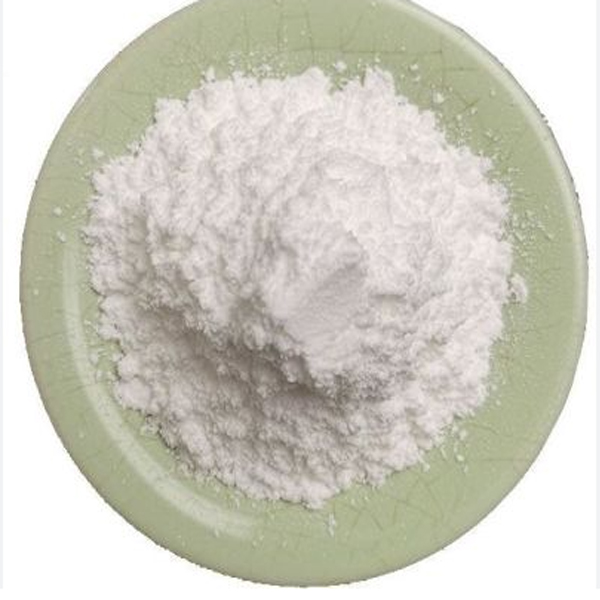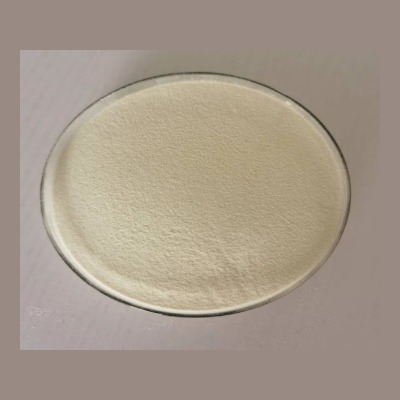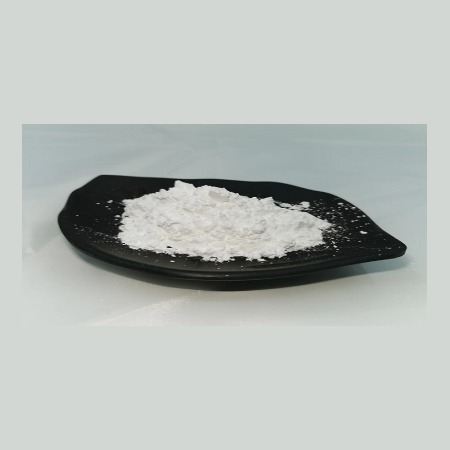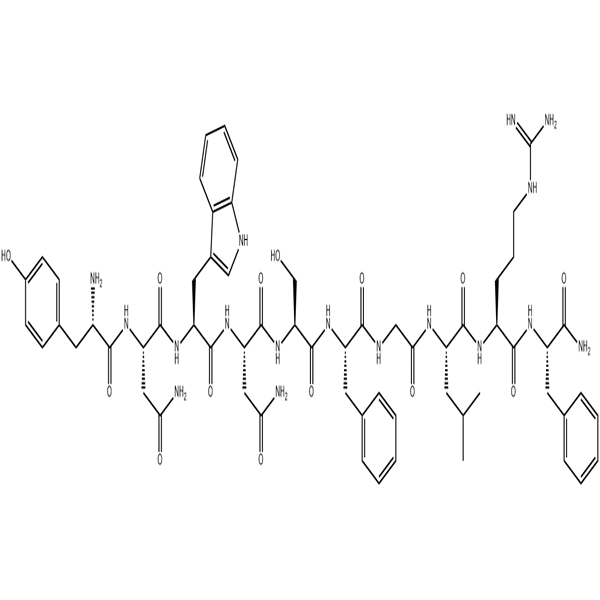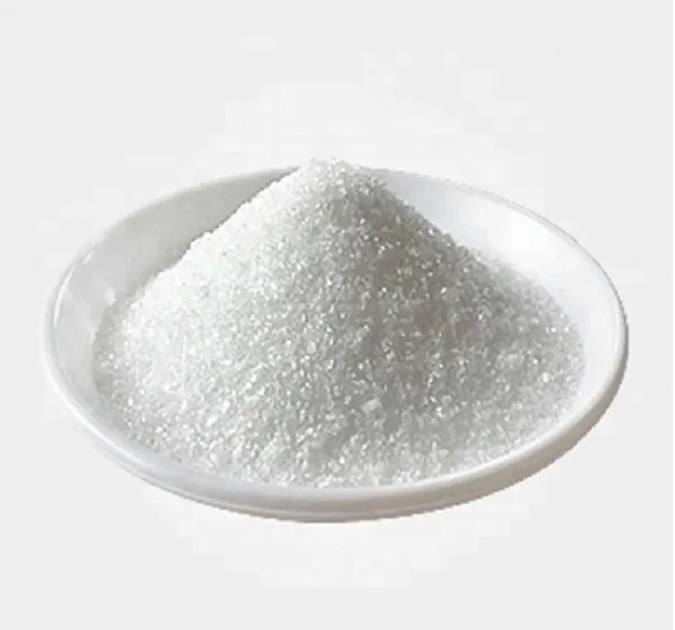LAE102 vendor/Peptide synthesis/Chinese vendor
LAE102 is a monoclonal antibody aimed at treating obesity, selectively targeting the ActRIIA receptor, which plays a crucial role in muscle regeneration and lipid metabolism. Currently, LAE102 has shown potential in preclinical models to increase lean mass and reduce fat mass. Furthermore, when used in conjunction with GLP1R agonists, LAE102 can further reduce fat mass and significantly restore the loss of lean mass caused by GLP1R agonists, making it a promising drug candidate for achieving effective weight control.
Specifications
Apperance: White to off-white powder
Purity(HPLC): ≥98.0%
Single Impurity: ≤2.0%
Acetate Content(HPLC): 5.0%~12.0%
Water Content (Karl Fischer): ≤10.0%
Peptide Content: ≥80.0%
Packing and Shipping: Low temperature, vacuum packing, accurate to mg as required.
FAQ:
Which end is best for my research?
By default, the peptide ends with an N-terminal free amino group and a C-terminal free carboxyl group. The peptide sequence often represents the sequence of the mother protein. In order to be closer to the mother protein, the end of the peptide often needs to be closed, that is, n-terminal acetylation and C-terminal amidation. This modification avoids the introduction of excess charge, and also makes it more able to prevent exonucliase action, so that the peptide is more stable.
How do you dissolve polypeptides?
The solubility of polypeptide depends mainly on its primary and secondary structure, the nature of modification label, solvent type and final concentration. If the peptide is insoluble in water, ultrasound can help dissolve it. For basic peptide, it is recommended to dissolve with 10% acetic acid; For acidic peptides, dissolution with 10%NH4HCO3 is recommended. Organic solvents can also be added to insoluble polypeptides. The peptide is dissolved in the least amount of organic solvent (e.g., DMSO, DMF, isopropyl alcohol, methanol, etc.). It is highly recommended that the peptide be dissolved in the organic solvent first and then slowly added to water or other buffer until the desired concentration.
What length of peptide is appropriate?
Peptide synthesis needs to consider factors such as the length, charge, and hydrophilicity of the peptide. The longer the length, the purity and yield of the crude synthetic product decrease, and the difficulty of purification and the chance of non-synthesis will be greater. Of course, the sequence of the functional region of the polypeptide cannot be changed, but for the smooth synthesis of the polypeptide, sometimes some auxiliary amino acids have to be added to the upstream and downstream of the functional take to improve the solubility and hydrophilicity of the polypeptide. If the polypeptide is too short, there may also be problems with synthesis, the main problem is that the synthetic polypeptide has a certain difficulty in the post-processing process, and the polypeptide below 5 peptides generally has hydrophobic amino acids, otherwise the post-processing is more difficult. Peptides below 15 amino acid residues generally have satisfactory yields and yields.
What do I need to pay attention to when introducing fluorescent modifications into peptides?
It is recommended to add a linker between the peptide molecule and the fluorescent modification, which can reduce the effect of the fluorescent modification on the peptide folding and binding to the receptor. However, if the purpose of the fluorescence modification is to quantify the fluorescence migration between different structures, the introduction of a linker is not recommended.
Why should peptides be modified by N-terminal acetylation and C-terminal amidation?
Such modifications can give peptide sequences properties that are native to proteins.

